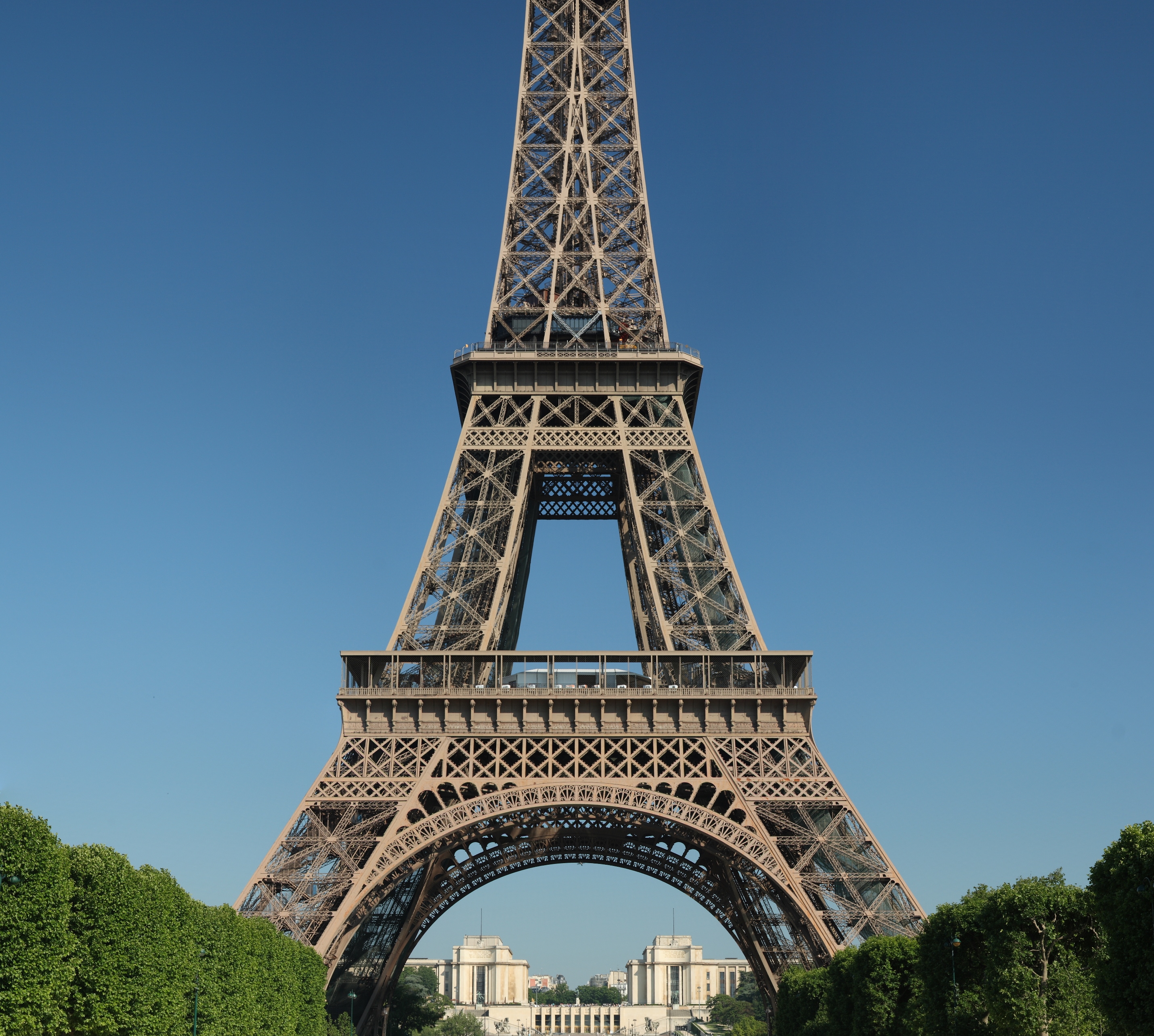
I selected the most reliable sources so that you could have an accurate and up-to-date article regarding the monumental lattice structure which has successfully simbolized France for more than 6 score years.
The Eiffel Tower (French: La Tour Eiffel) is an iron lattice tower located on the Champ de Mars in Paris, named after the engineer Gustave Eiffel, whose company designed and built the tower. He is known from his revolutionary bridge building techniques, as employed in the great viaduct at Garabit in 1884. These techniques would form the basis for the construction of the Eiffel Tower. He was also known for the construction of the Statue of Liberty's iron framework.
It has become both a global cultural icon of France and one of the most recognizable structures in the world, since it was erected in 1889 as the entrance arch to the 1889 World's Fair. The tower is the tallest structure in Paris and the most-visited paid monument in the world; 7.1 million people ascended it in 2011. The third level observatory's upper platform is at 279.11 m the highest accessible to public in the European Union and the highest in Europe as long as the platform of the Ostankino Tower, at 360 m (1,180 ft), remains closed as a result of the fire of August 2000. The tower received its 250 millionth visitor in 2010.
Dimensions
The tower stands 320 metres (1,050 ft) tall, about the same height as an 81-storey building. During its construction, the Eiffel Tower surpassed the Washington Monument to assume the title of the tallest man-made structure in the world, a title it held for 41 years, until the Chrysler Building in New York City was built in 1930. Because of the addition, in 1957, of the antenna atop the Eiffel Tower, it is now taller than the Chrysler Building. Not including broadcast antennas, it is the second-tallest structure in France, after the Millau Viaduct.
The tower has three levels for visitors. The walk from ground level to the first level is over 300 steps, as is the walk from the first to the second level. The third and highest level is accessible only by lift - stairs exist but they are not usually open for public use.
The design of the Eiffel Tower was originated by Maurice Koechlin and Émile Nouguier, two senior engineers who worked for the Compagnie des Etablissements Eiffel after discussing about a suitable centrepiece for the proposed 1889 Exposition Universelle, a World's Fair which would celebrate the centennial of the French Revolution.
The projected tower had been a subject of some controversy, attracting criticism both from those who did not believe that it was feasible and also from those who objected on artistic grounds. Their objections were an expression of a longstanding debate about relationship between architecture and engineering.
Construction
The task of drawing the components was complicated by the complex angles involved in the design and the degree of precision required: the position of rivet holes was specified to within 0.1 mm (0.04 in) and angles worked out to one second of arc.
Work on the foundations started in January 1887. In all there were 18,038 pieces joined by two and a half million rivets.
No more than three hundred workers were employed on site, and because Eiffel took safety precautions, including the use of movable stagings, guard-rails and screens, only one man died during construction. The main structural work was completed at the end of March 1889
Eiffel had a permit for the tower to stand for 20 years; it was to be dismantled in 1909, when its ownership would revert to the City of Paris. The City had planned to tear it down (part of the original contest rules for designing a tower was that it could be easily demolished) but as the tower proved valuable for communication purposes, it was allowed to remain after the expiry of the permit.
Materials
The wrought iron structure of Eiffel Tower weighs 7,300 tonnes, while the entire structure, including non-metal components, is approximately 10,000 tonnes.
Now one of the most recognizable structures on the planet, the Eiffel Tower underwent a major facelift in 1986 and is repainted every seven years. It welcomes more visitors than any other paid monument in the world—an estimated 7 million people per year.
References:
No comments:
Post a Comment